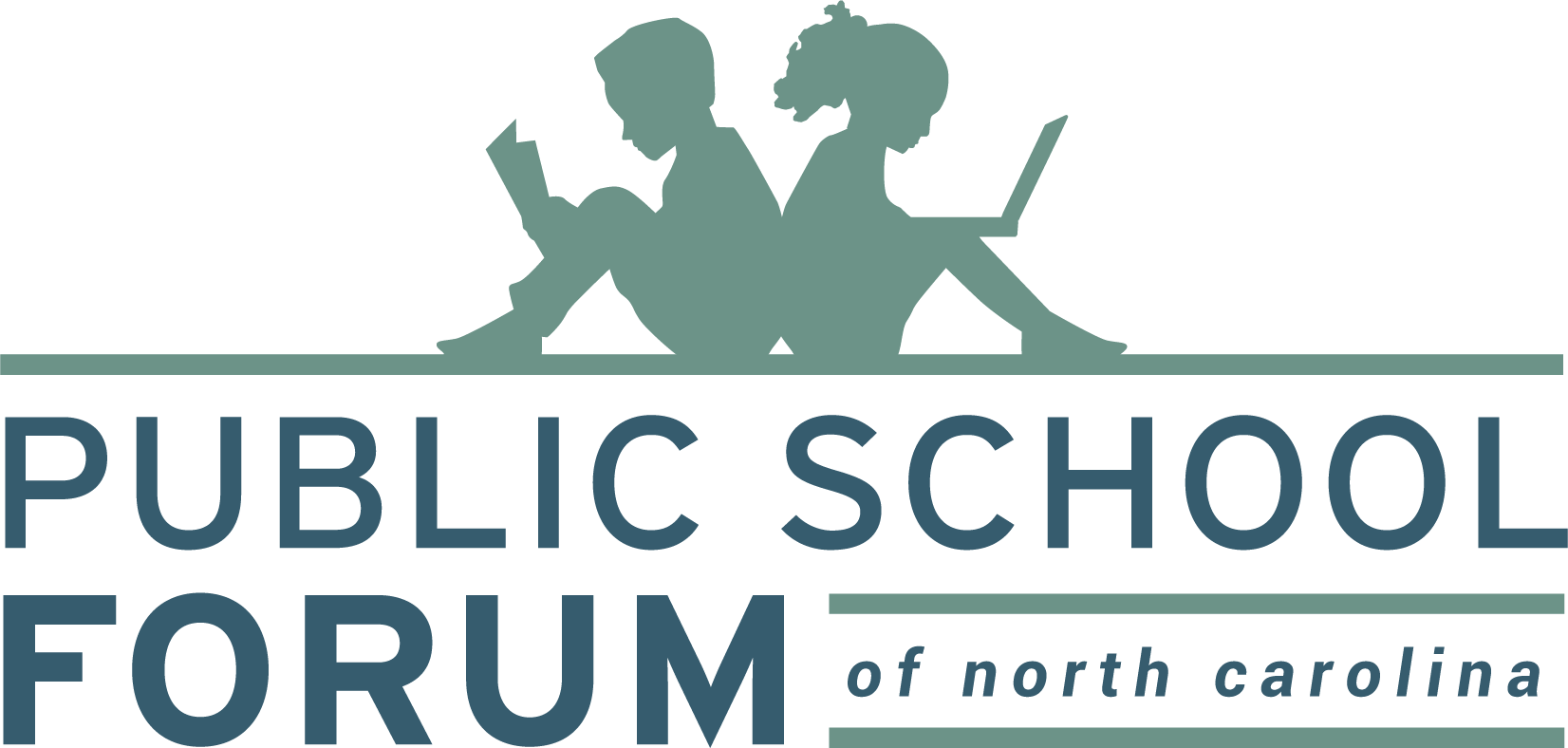For more than 30 years, the Public School Forum of North Carolina’s Local School Finance Study has highlighted variations and trends in local spending for public education across our state’s 100 counties. The purpose of this annual study is to isolate local spending from state and federal spending to examine the capacity and actual effort of counties to support public schools. The Local School Finance Study focuses not only on the amount that counties spend on schools, but also on each county’s investment in relation to their taxable resources. Note: the data presented in the most recent study are from the 2021-22 school year.
Local School Finance at a Glance
School Funding Disparities
In recent years, our annual studies have consistently identified several key trends that have led to deepened educational inequity across districts over time. First, there is a large and widening gap between wealthier counties and those with lower levels of wealth. As a result, there are significant disparities in the ability of counties with different levels of wealth to provide their schools with the resources they need, particularly given the increasing role of local spending over time. We have also found that lower wealth counties tax themselves at higher rates than wealthier counties, but are still unable to generate comparable tax revenue to wealthier counties that make less taxing effort. The ten poorest districts taxed themselves at 1.7 times the average tax rate of the ten wealthiest counties in 2021-22. Residents living in lower wealth districts face substantially greater financial burden to support public education while still finding that their schools are more poorly resourced than those in wealthier counties.
Real Estate Wealth per Student

Average Local Spending per Student

In 2021-22, Orange County, the highest spending county in the state, spent $376 more per student than the seven lowest spending counties combined.
North Carolina Teachers
One of the most notable impacts of inadequate and inequitable funding for education is that low-wealth school districts have a harder time attracting and retaining high quality and experienced teachers due to their inability to offer competitive salary supplements like those offered in wealthier counties. For instance, in 2021-22, Wake County Schools offered its teachers an average locally-funded salary supplement of $8,670. Just 60 miles east, Greene County, a lower-wealth, rural district that taxes itself at a higher rate than Wake County in an effort to adequately fund its schools, teachers received an average locally-funded supplement of $1000 in the same year.
In the 2021-23 biennium budget, state lawmakers included $100 million to provide additional teacher salary supplements of up to $4,250. The state provided this funding to 95 counties in an effort to close the large disparities between richer and poorer counties. The amounts vary by county and the program targets rural and low-wealth areas.
The table below includes only the local salary supplement, and does not include the additional salary supplement provided by the state. More information on the state appropriations for the teacher salary supplement can be found here.
